Lito Nebbia, in the kaleidoscopic realm of Argentine music, few artists have wielded the transformative power of sound with the mastery and innovation of Lito Nebbia. Born on July 19, 1948, in Rosario, Argentina, Nebbia’s musical journey spans decades, embracing genres from rock to jazz, and leaving an indelible mark on the fabric of Latin American music. This blog delves into the compelling biography of Lito Nebbia, exploring his formative years, artistic evolution, and enduring legacy as a musical maestro.
Early Life and Formative Influences:
Lito Nebbia’s childhood was steeped in a rich cultural tapestry. Growing up in a household filled with music, he discovered his passion for the art form at an early age. Nebbia’s exposure to jazz, tango, and classical music laid the groundwork for his eclectic approach to composition and performance. As a self-taught musician, he honed his skills on the piano and explored the endless possibilities of musical expression.
The Beatlemania Influence:
The arrival of the Beatles in the 1960s marked a pivotal moment in Nebbia’s musical journey. Captivated by the British Invasion, he, like many of his contemporaries, found inspiration in the revolutionary sounds of rock and roll. This influence would shape Nebbia’s artistic trajectory, propelling him into the burgeoning rock scene in Argentina.
Huella de los Barros: Early Musical Ventures:
In the mid-1960s, Nebbia co-founded the influential band Huella de los Barros, a group that contributed to the burgeoning rock movement in Argentina. Their music, a fusion of rock, blues, and elements of Latin American folk, showcased Nebbia’s ability to traverse genres seamlessly. However, the band’s lifespan was brief, and Nebbia would soon embark on a solo career that would elevate him to iconic status.
Pioneer of Argentine Rock:
Lito Nebbia’s solo career kicked off with the album “Los Gatos” in 1967, a groundbreaking work that is considered one of the first Argentine rock albums. The fusion of rock with Nebbia’s poetic lyrics and melodic sensibilities set a precedent for the genre’s future evolution in the country. His distinct voice and innovative compositions marked him as a pioneer in the Argentine rock scene.
Jazz Explorations:
Nebbia’s artistic journey was characterized by a constant quest for new sonic landscapes. In the 1970s, he delved into jazz, expanding his musical repertoire. Albums like “Melopea” (1974) showcased his versatility as he seamlessly blended jazz improvisation with his rock roots. This period of exploration solidified Nebbia’s reputation as an artist unafraid to push boundaries and redefine his sound.
Cultural Activism and Social Commentary:
Beyond his musical contributions, Nebbia engaged in cultural activism and social commentary. His lyrics often carried poignant messages, addressing societal issues and reflecting the tumultuous political climate in Argentina. Nebbia’s commitment to using his art as a platform for expression endeared him to a generation seeking both musical innovation and social relevance.
International Recognition:
While Nebbia’s impact was deeply felt in Argentina, his influence extended beyond national borders. His collaborations with international artists and participation in global music festivals brought his unique sound to a wider audience. Nebbia’s ability to blend Latin American rhythms with global genres contributed to his recognition as a cross-cultural musical ambassador.
Experimentation and Genre Fusion:
Nebbia’s discography is a testament to his insatiable curiosity and willingness to experiment with diverse genres. From the introspective folk of “Muerte en la Catedral” (1973) to the experimental rock of “Canciones para Cada Uno Vol. 1” (1980), he traversed sonic landscapes with an artistic fearlessness that distinguished him as a true maestro of musical fusion.
The “Nebbia Sound”:
Lito Nebbia’s signature sound is often referred to as the “Nebbia Sound,” a term that encapsulates his unique approach to composition and arrangement. Characterized by intricate melodies, poetic lyrics, and a blend of diverse influences, the Nebbia Sound is a testament to an artist who defies categorization. Nebbia’s ability to weave together seemingly disparate elements into a cohesive sonic tapestry remains a hallmark of his musical legacy.
Later Years and Collaborations:
As Nebbia entered the latter phase of his career, he continued to collaborate with both emerging and established artists. His work with fellow musicians showcased his enduring relevance and adaptability to the ever-evolving music landscape. Nebbia’s collaborations were not just musical partnerships but reflections of his commitment to the collective spirit of artistic expression.
Recognition and Awards:
Throughout his illustrious career, Lito Nebbia has received numerous accolades for his contributions to music. Awards such as the Konex Award and recognition by the Latin Academy of Recording Arts & Sciences underscore his enduring impact and influence. Nebbia’s legacy is not just the sum of his individual achievements but a testament to the lasting impression he has left on the musical landscape of Argentina and beyond.
Conclusion:
Lito Nebbia’s biography is a narrative of artistic exploration, innovation, and unwavering commitment to musical expression. From the early influences of jazz and tango to the pioneering days of Argentine rock, Nebbia’s journey reflects the evolution of a musician who continually sought to break new ground. His ability to seamlessly blend genres, coupled with socially conscious lyrics, distinguishes him as a maestro whose influence reaches far beyond the boundaries of Argentina. As the custodian of the “Nebbia Sound,” his legacy endures, resonating in the hearts of those who appreciate the boundless possibilities of musical expression. Lito Nebbia’s biography is a symphony of creativity, a testament to the enduring power of an artist whose contributions have left an indelible mark on the tapestry of Latin American music.
.- Youtube Feature Video: Litto Nebbia – El rey lloró – EN ESTEREO Link here.





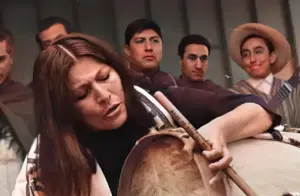









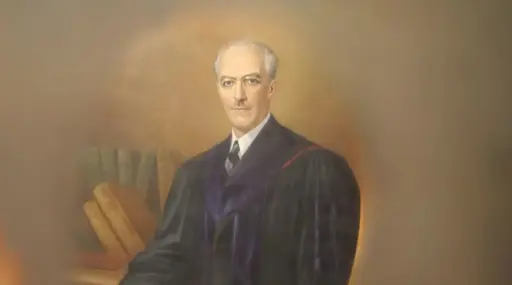


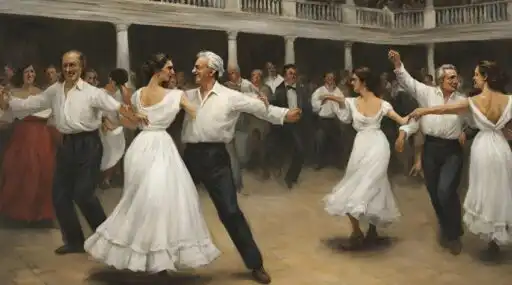
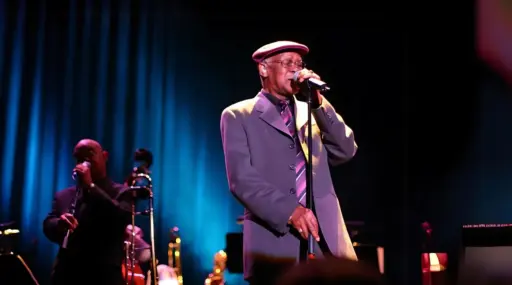
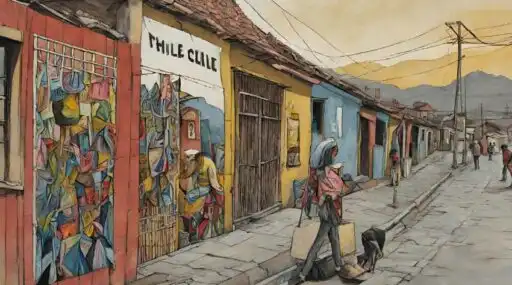





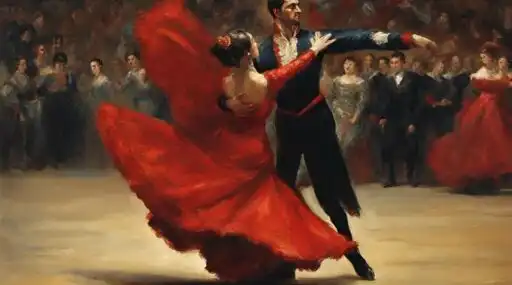


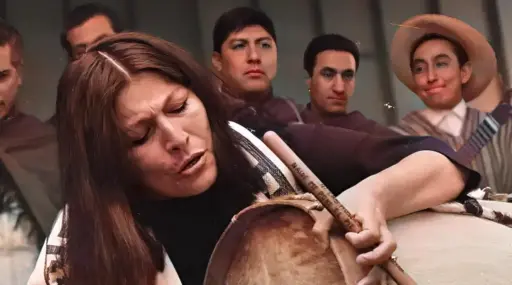
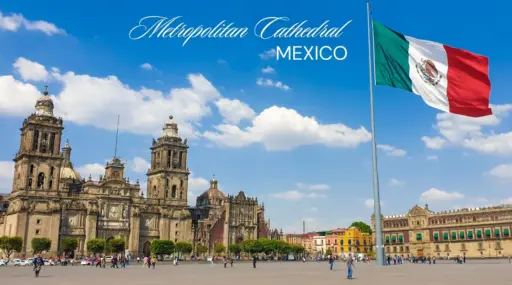
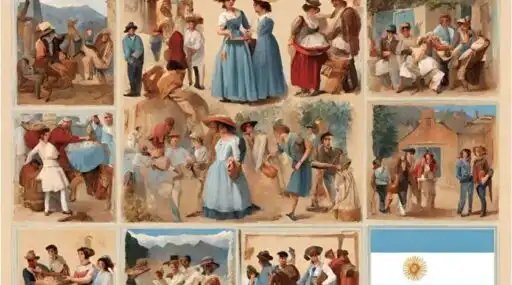

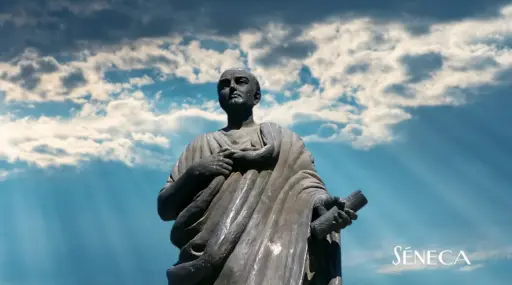
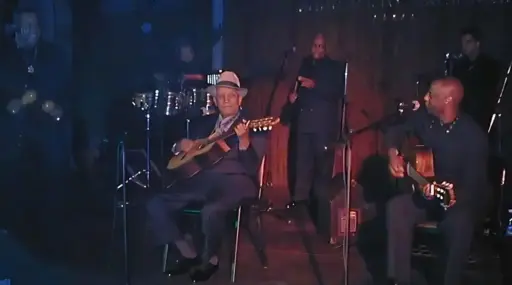





Leave a Reply